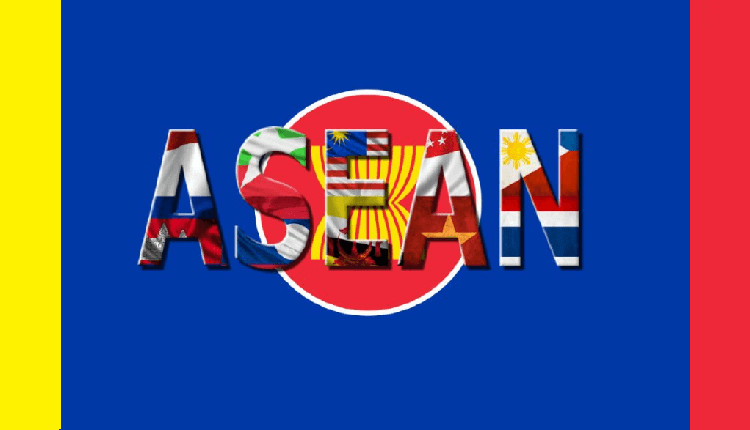The breakdown of the pandemic this year had resulted in reports of companies pulling out of China and moving its productions towards Asia. India was hopeful and set to welcome foreign direct investments as a result of companies decoupling from China, however, things did not go as anticipated by New Delhi.
US Army Developing Cannons That Can Zoom Past Russian Air Defences & Strike As Far As Moscow
However, the Foreign Direct Investment data released by the department for the promotion of industry and internal trade under the Ministry of Commerce and Industry for first quarter reveals a 56% decline from 2019. While the FDI was US$16,330 million for 2019, it came down to US$ 6,562 million in 2020.

Meanwhile, Southeast Asian country Vietnam has emerged as a hub of foreign direct investment. In the race to become an Asian Tiger, Vietnam FDI has averaged more than 6% of G.D.P, which is the highest ratio in any emerging country, as per American multinational investment bank and financial services company Morgan Stanley’s emerging markets strategist Ruchir Sharma, quoted in a report by Livemint.
The country’s recent economic data shows a rise of 18% in exports, with a 26% jump in computers/components exports and a 63% jump in machinery/accessories exports.
In the past few weeks, evidence from countries like India, Indonesia and Bangladesh reveal the race to become the next world’s factory after China. To make countries more attractive, while India and Indonesia have pushed labour law reforms, Bangladesh is reportedly negotiating 17 preferential and free trade agreements.
Malabar Turns Into QUAD As Australia Set To Join US, India & Japan In An Alliance Deemed Anti-China
The economic success of countries like China and Singapore is attributed partly to FDI. China witnessed a rise in FDI from US$11.15 billion in 1992 to a peak of US$290 billion in 2013. It was from here when higher labour cost in the country began to turn investors further down in Asia.
Business-friendly investment policies, industrial zones, ample supply of young workers (60% of the population) made Vietnam an attractive destination for investors when flows into China began to fall.
Ever since, the country has witnessed an annual growth rate of 10.4 per cent and last year’s record high of US$16.12 billion – an 81 per cent increase overall.
Initially, in 2007, Vietnam had allowed state-owned enterprises to try and compete with foreign investors when it came to FDI. The country witnessed attacks on foreign-owned factories in 2014, resulting in a ban on state-owned enterprises from competing with FDI projects.
This was a game-changer for Hanoi as it also closely kept an eye on the inflation rate, foreign exchange rate and political situation.
Former Prime Minister of Vietnam Nguyen Tan Dung, writing for World Economic Forum offers the pearl of wisdom on FDI which the other 9 countries in Association of Southeast Asian Nations — Indonesia, Thailand, Singapore, Malaysia, Philippines, Brunei, Cambodia, Myanmar (Burma), Laos — must take note of.
Dung writes that Vietnam’s socio-political stability, population structure, along with vigorously renovating the business and investment climate has made the country an attractive FDI site.
Even in the time of COVID crisis, the country economy is in a good position because the government has introduced tax breaks, the delaying of tax payments, and land-use fees for businesses, revising the investment law and landing a trade deal with the European Union (EU).
Beginning July 2020; the EU has lifted 85 percent of its tariffs on Vietnamese goods, gradually cutting the rest over the next seven years, while FDI worth over US$12 billion was registered between January and April 2020.
The countries such as Thailand, the Philippines, Malaysia and Indonesia have experienced political upheavals and uncertainties in recent years, but they must understand the importance of stability to attract FDI. Similarly, India, which has 12 times the population of Vietnam, has not been able to play its ‘population card’ well.




